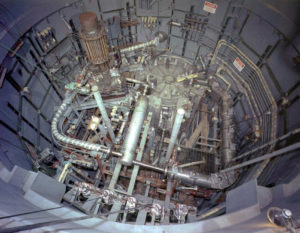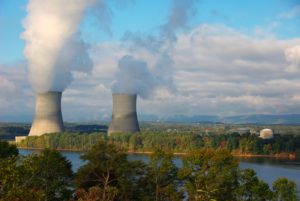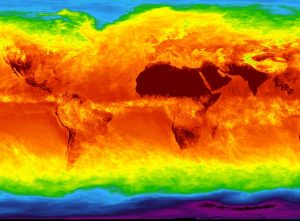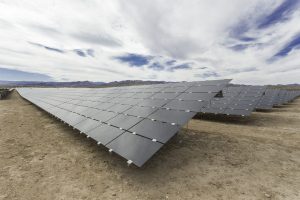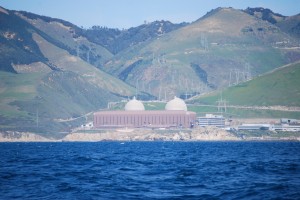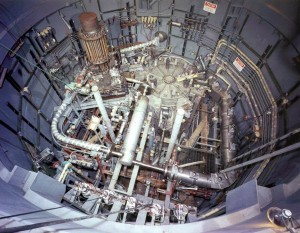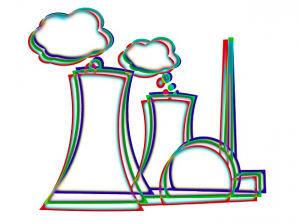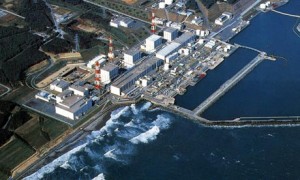10 item(s) were returned.
Co-Executive Director
The Institute for Carbon Removal Law and Policy, American University
Nuclear power plants—which emit zero greenhouse gas emissions and have very low emissions during their entire lifecycle—can contribute significantly to addressing climate change. However, many reactors have been retired, with more to follow. In many cases, these reactors are being supplanted by natural gas, which can result in a large increase in greenhouse gas emissions, especially when methane leakage is taken into account. As the Union of Concerned Scientists recently concluded, “the resulting emissions set back national efforts to achieve needed emissions reductions.” Many energy experts believe that a commitment to thorium-based nuclear reactors might help to turn the tide… [more]
View InsightPresident
Micro-Utilities, Inc.
With the pressing need to find carbon-free sources of electricity to address climate change, some environmental groups that once opposed nuclear power now see it as essential. While policymakers have dismissed nuclear facilities for safety reasons, the new calculus is that the risk from nuclear power plants is far smaller than generally perceived. Policymakers who write-off nuclear as being too dangerous are doing a major disservice to the public by warding off a safe, effective carbon-free technology. Severe nuclear accidents are rare and extremely unlikely to cause any near-term off-site radiation fatalities or radiation sicknesses. A review of four major… [more]
View InsightPresident
Micro-Utilities, Inc.
The UN has stated that the World must urgently act to cut a further 25% from predicted 2030 greenhouse gas (GHG) emissions. In the US, GHG emissions today are 4% above 1990 levels and are projected to increase. Based on UN goals, it appears that neither sufficient reductions in the release of GHG nor sufficient mitigations of the effects of climate change are taking place. To achieve those goals an 80% GHG reduction by 2100 would require an average reduction of 64 million metric tonnes each year for the next 82 years, or 165 million metric tonnes each year if… [more]
View InsightPublisher
Atomic Insights LLC
In 2015, Mark Z. Jacobson released a report claiming via modeling that 100% of the energy – not just the electricity – needed by the U.S. could be reliably provided at a reasonably low cost by a mixture of wind, water and solar energy. Jacobson’s paper, Low-Cost Solution to the Grid Reliability Problem with 100% Penetration of Intermittent Wind, Water, and Solar for All Purposes, was recently challenged when the Proceedings of the National Academy of Sciences published a paper titled Evaluation of A Proposal for Reliable Low-Cost Grid Power with 100% Wind, Water, and Solar. The new paper, developed… [more]
View InsightCalifornia’s Renewables Portfolio Standard (RPS) requires 50% of utility retail sales derive from renewable sources by 2030. This includes ramping up efficiency, storage and renewable infrastructure, especially rooftop solar projects. A major California utility, Pacific Gas & Electric (PG&E) is addressing the RPS requirements in part by announcing the retirement of the Diablo Canyon Nuclear Power Plant by 2025 with production to be replaced by renewables and improved energy storage. Although carbon-free, nuclear power is not classified as a renewable energy source under California’s 50% mandate and as a result, California nuclear is beginning a phase-out. Implementation of the state… [more]
View InsightPresident
Kadak Associates, Inc.
Today there are 100 nuclear plants operating in the United States, providing roughly 17% of our electricity. They do so with water technology developed in the 1960’s and 1970’s and many of these plants are extending their licenses from 40 to 60 years after careful regulatory review. Even new design nuclear plants such as Westinghouse’s AP-1000 and General Electric’s ESBWR are fundamentally the same technology, which are described as evolutionary. Yet today there are many new innovative designs and technologies that are being developed that are not water based. These innovators face enormous challenges in coming up with new designs… [more]
View InsightPresident
Kadak Associates, Inc.
Without significant gains in storage technology, electric generation from solar and wind will not meet the world’s energy needs. Nuclear power, however, can deliver electric power in a sufficiently safe, economical and secure manner to supplement supply from other carbon-free sources. Despite this, there remain major objections to the safety, cost, waste management and proliferation risk of nuclear power, which I’ll seek to address here. Safety There have been three serious accidents that challenged the safety record of nuclear power: the Three Mile Island (TMI), Chernobyl, and the tsunami-induced Fukushima accident. In all these accidents there were no immediate public… [more]
View InsightPresident
Micro-Utilities, Inc.
The meltdowns at three nuclear plants at Fukushima, Japan almost three years ago were an economic disaster, but were these plants inherently unsafe? Did the Fukushima designs provide adequate safety during extreme circumstances? The magnitude 9 earthquake that hit Japan in 2011 was its largest ever. However it was the enormous tsunamis that led to meltdowns. At Fukushima the spent fuel pools never leaked water in spite of the earthquake, its aftershocks, and tsunamis. Even Fukushima’s emergency power systems initially survived the earthquake, only to be soon destroyed by the tsunamis. The nuclear plants at Fukushima were in an extreme… [more]
View InsightPresident
Micro-Utilities, Inc.
The President was on target during his speech on climate change at Georgetown University when he announced new initiatives to curb the release of greenhouse gases and thereby slow down the effects of climate change. However, a key aspect to meeting this huge challenge is to set national goals based on specific timetables. Without President Kennedy setting a goal to land an American on the moon by a specific date, it is doubtful that we would have ever achieved this. President Obama’s goal-setting in his recent speech was incomplete and rather imbalanced. There was a goal to double renewable energy… [more]
View InsightJ.C. Ward Jr. Professor of Nuclear Energy Engineering
Cornell University
The premise of Robert Stone’s newly released documentary, Pandora’s Promise, is that despite the scary features of nuclear radiation, nuclear power is the best chance we have to avoid the catastrophe projected from burning fossil fuels to power the growing world economy. The documentary’s approach is rather unique – former anti-nuclear environmentalists describe how and why they became pro-nuclear, in spite of even the recent major Fukushima Daiichi reactor disaster. It is important to add that Director Robert Stone is not arguing that standard “light water reactors” (LWRs) should be pursued, but rather newer designs, such as inherently safe breeder… [more]
View Insight